Radio Daze: Did Amaze!
October 23, 2018
Radio Daze, a fantastic collaboration of theatre and digital media with other majors sprinkled in, was held Oct. 11-13 in Anderson Auditorium. However, this was not the only place the performance could be found.
This production, a series of nights featuring classic radio theatre, was held live as well as broadcast through KBVU 97.5 The Edge, BVTV, and an internet stream for all to see and hear. The student involvement in this production ranged from performing, to creating live sound effects, to broadcasting in a studio, to singing. The content of the production was inspired by the Golden Age of radio, the 1930s to ’40s, with some others from the ’50s.
Professor of Theatre Bethany Larson was the head of this project, with husband and Assistant Professor of Theatre and Director of Theatre Productions David Walker at her side. Taking on the Digital Media side of things with students was Andrea Frantz, professor of digital media and general manager of KBVU, as well as Jerry Johnson, professor of digital media and general manager of BVTV.
Larson’s intentions for Radio Daze were to capitalize on the synergy between digital media, theatre, and media performance–to show the BVU and Storm Lake community, as well as anyone else who wanted to watch or listen, what BVU has to offer in these departments and to allow students to develop skills in playing multiple character roles in each performance.
“I think we met those expectations, maybe exceeded them in some respects. I know a lot of people who do not live in Storm Lake. They live far away, and they were also able to enjoy it through Facebook, right?” explains Larson.
An extremely wide variety of people worked on the show, coming from diverse backgrounds and with differing levels of experience. There were exceptionally experienced students who are upperclassmen in the theatre department as well as highly knowledgeable digital media content creators who were all involved in performing. There were also inexperienced individuals from each area, as well as people from other places.
There were also students who attended auditions intending only to watch, only to have Larson persuade them to let her cast them.
“Really, truly, some students really overcome anxiety about performing or just not seeing themselves as a performer. And then discovering… oh, wait, I can do that,” Larson says.
Larson also appreciated the professionalism of the behind-the-scenes people who made it all happen. The people in the KBVU studio, the BVTV studio, and backstage during the performance were all prepared and professional, according to Larson. She acknowledges that there is more than just what you see happening onstage, hear in a broadcast, or see on TV. There’s what is happening beyond to make all of that possible.
Skylar Finch, Larson’s academic assistant, also received tremendous props from Larson for doing all the recruiting of local sponsorships and advertisers. All the theatre department asked for was some kind of gift certificate or coupon to donate for the game show prizes, and the sponsors to donate $25 to the theatre program. Finch wrote all of the ads and communicated with all of the sponsors and advertisers to make the production possible.
As for the performances, the voices were very important in the storytelling in this production. Each actor or actress had to learn about the multiple avenues they’d take as various characters to differentiate them and make them sound unique and distinct. Larson says they were very effective in doing so, whether they accomplished it through their pitch, rate of speed, or dialect.
While common sense would suggest that trying to coordinate three different broadcasting sources for the performance would be a difficult venture, Johnson says otherwise. The only additional coordination needed was to make sure each organization was on the same page at the same time, and to adapt accordingly if needed. A script reader was present each night in the BVTV studio so that the staff there would know what was coming up next. Technical Director Patrick Kelly was fantastic at handling the technical and engineering needs and challenges that BVTV had to face. Special Events Coordinator for BVTV Zach Hess also played a huge part in the BVTV part of the production.
There were also additional positions in the BVTV studio – such as a character generator (CG) operator, and camera operators – which are normalcies. The production was broadcast on Channel 3, which goes to Storm Lake, Lakeside, and Alta through Mediacom and Longlines, as well as live on BVTV, and Facebook Live.
According to Johnson, the key to the production was, “Persistence. Working through technical issues and the coordination and creative efforts … How does theatre, television and audio all work together and it was fun to see how a certain group of students came in representing each one of those entities.”
Johnson also highlighted the fact that the script can be interpreted differently depending on the medium it’s experienced through. For example, if watching the show live and seeing a theatrical version of radio theatre is a more personalized, face-to-face connection. Comparatively, viewing the production through one of the broadcasts loses some of that connection.
For example, on BVTV, the visual side of the action is emphasized, so that what the people acting were wearing and their expression along with voice is showcased. KBVU, by comparison, is a strictly audio experience, which holds true to the production’s intentions.
“You only heard the voice, you only heard the effects, you only heard the music, and that was your theatre of the mind. Each one had a different approach to that information,” Johnson explains.
Despite the show’s success, it was not without some unexpected flaws.
The fire alarms went off during one of the performances, and the shoe of one of Larson’s performers fell apart, along with everything else she had to worry about. Some audio and technical issues with cameras occurred on Johnson’s end. However, despite the issues, the show must still go on!
And so, it did. The collaboration in this particular event made this production of Radio Daze possible and special. Larson appreciates bringing in so many new people to the theatre program as an “incredible privilege and responsibility.” She also attributes the success of this to David Walker, the BVTV staff, and her colleagues. Many new people being involved made BVU itself seem like more of a family for her.
“So, when I see them, it’s not just ‘hi’ or acknowledging someone’s existence, it’s like, so, how did that test go? I can actually know things. And that deeper connection feels good,” Larson says.
For Johnson, the best part of the experience was, “Collaboration. Knowing that we can work across professions and fields. That’s the joys about being a part of BV. . . Bethany is awesome to work with. She cares about her students. Nothing is impossible with David. He thrives on a challenge . . . The respect we give each other. Patrick Kelly was awesome keeping everything together from the radio side to the house side to the television side. All of us bringing it together and how the students bring it together is a really cool thing.”
Frantz adds to this.
“I thought it was a great collaboration between digital media and theatre that underscores the reality of media today. I also loved that it gave students the opportunity to exercise their creativity when it came to creating original sound, and you could also say as an audio production professor I really loved it, because that’s great exercise in audio production, knowing how to make original sound,” Frantz explains.
A collaboration like this that mixes people who truly care about each other, are willing to work hard, and try new things is the epitome of BV. This close-knit community isn’t large but working together can make it mighty. BVU makes anything possible.



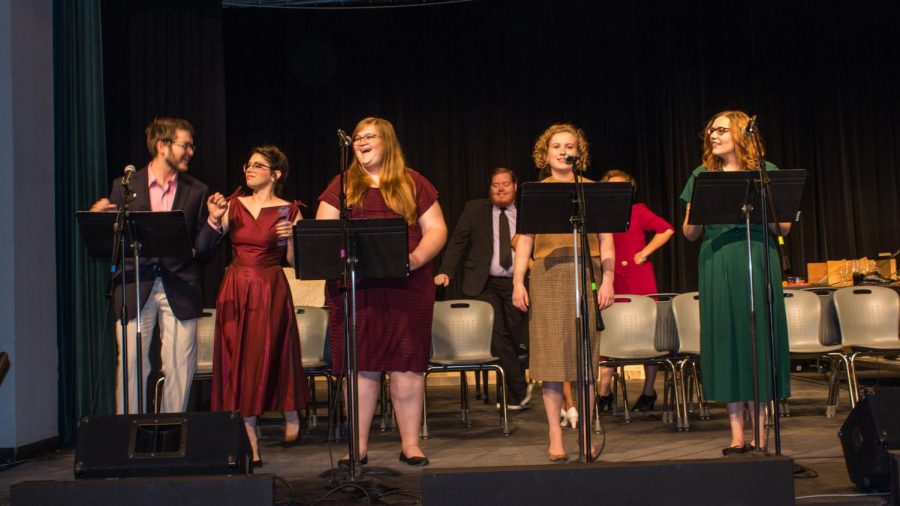

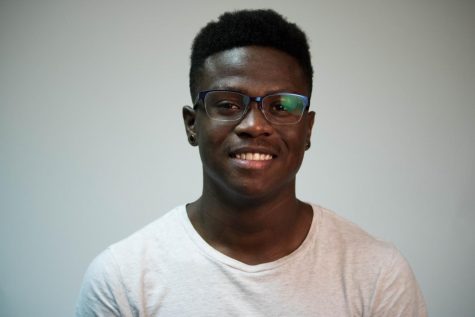
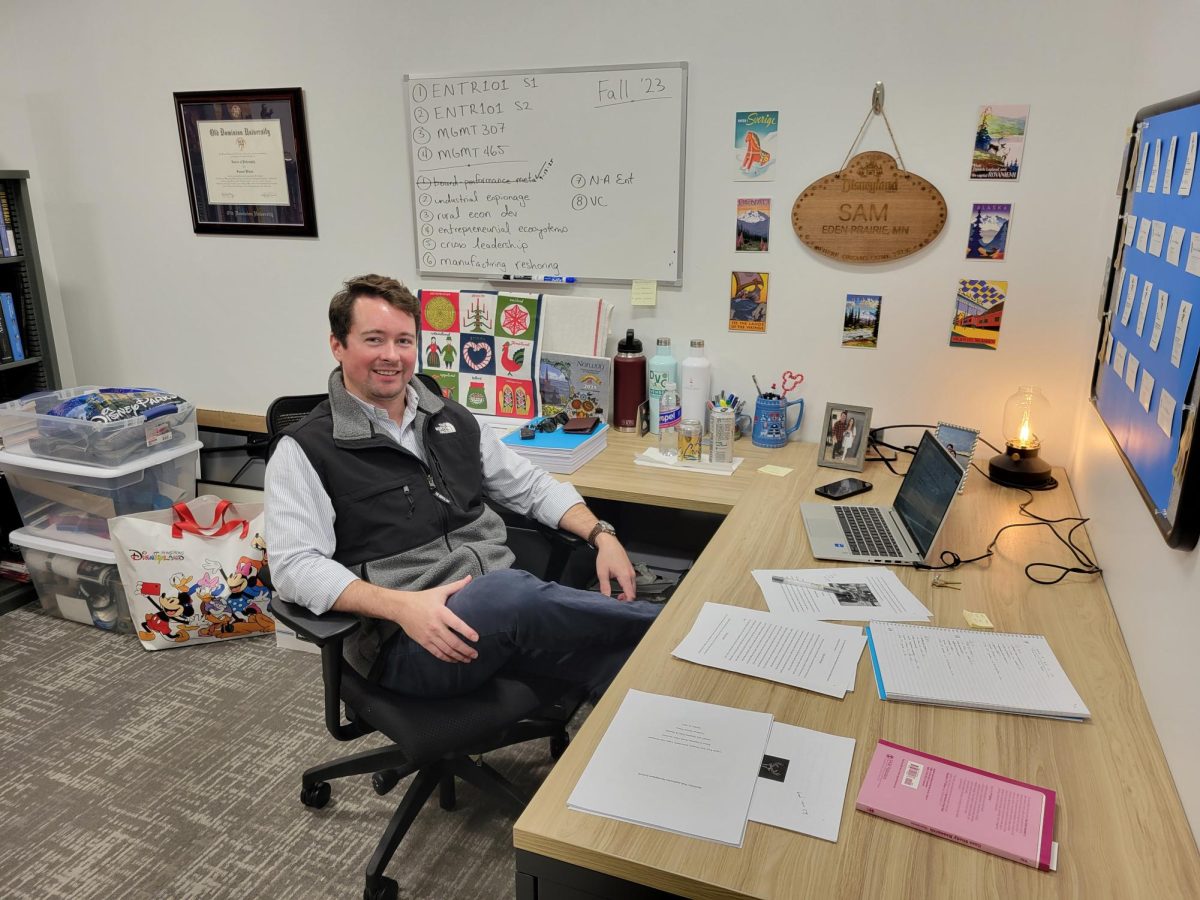
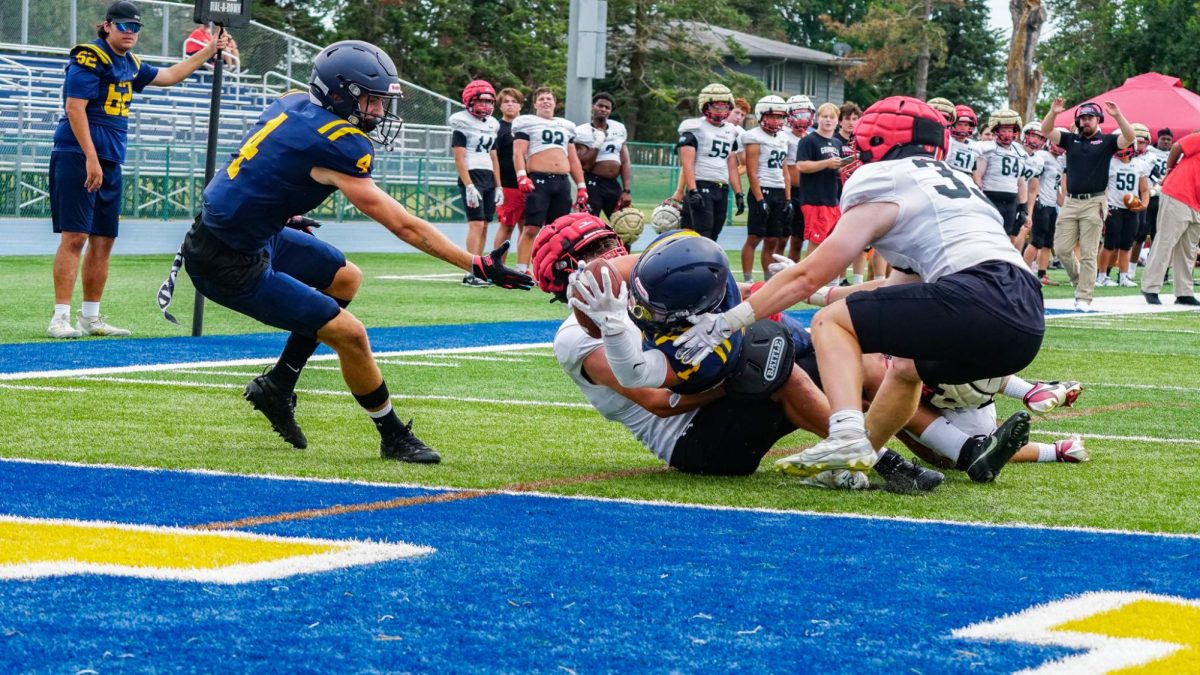
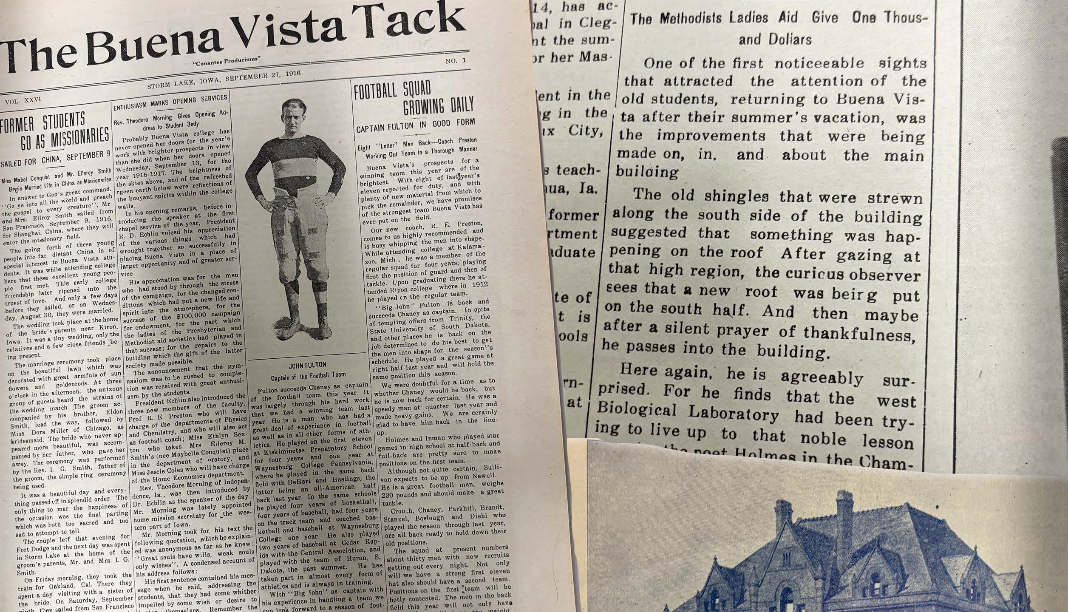
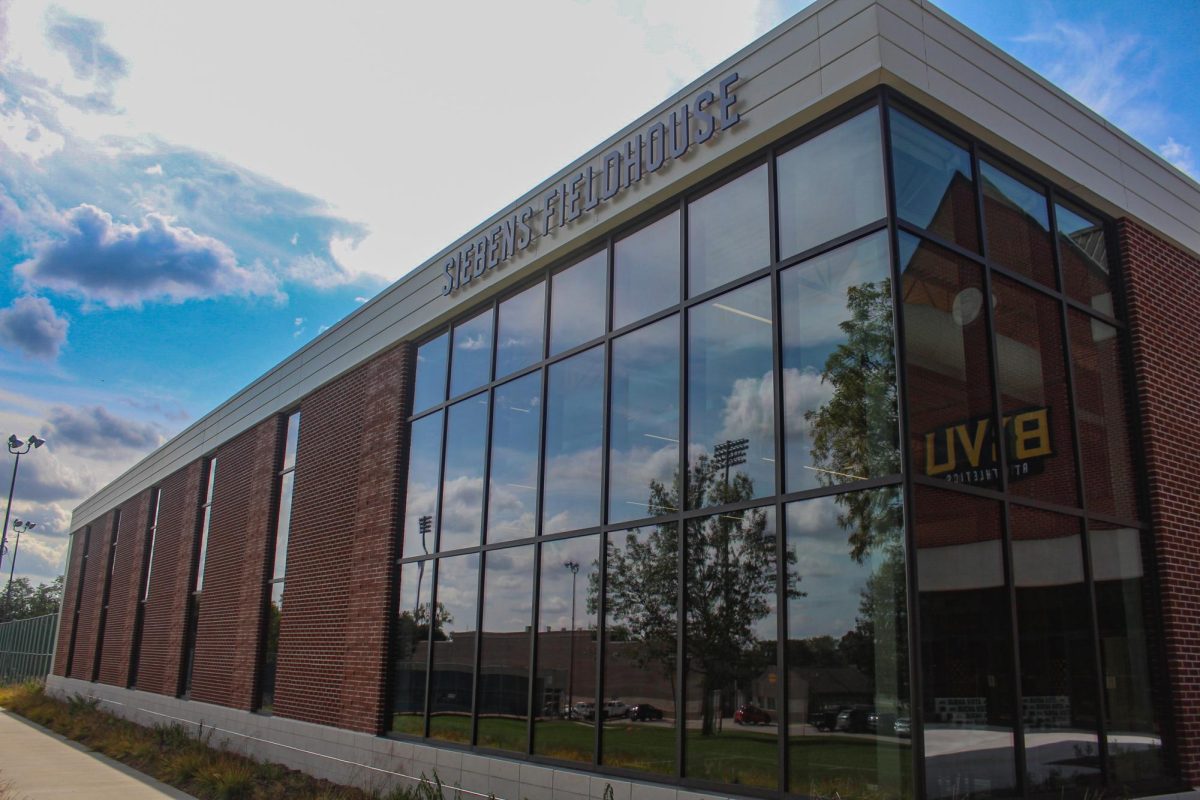
Bethany Larson • Nov 12, 2018 at 8:15 am
Alyssa, you did a great job of highlighting the fantastic collaborative effort for this production. And, what I really appreciate is that you also managed to give a sense of the excitement and camaraderie that comes from collaboration. Thank you so much for the outstanding article, and Justin – thank you for the photo! Great job, Tack Staff!